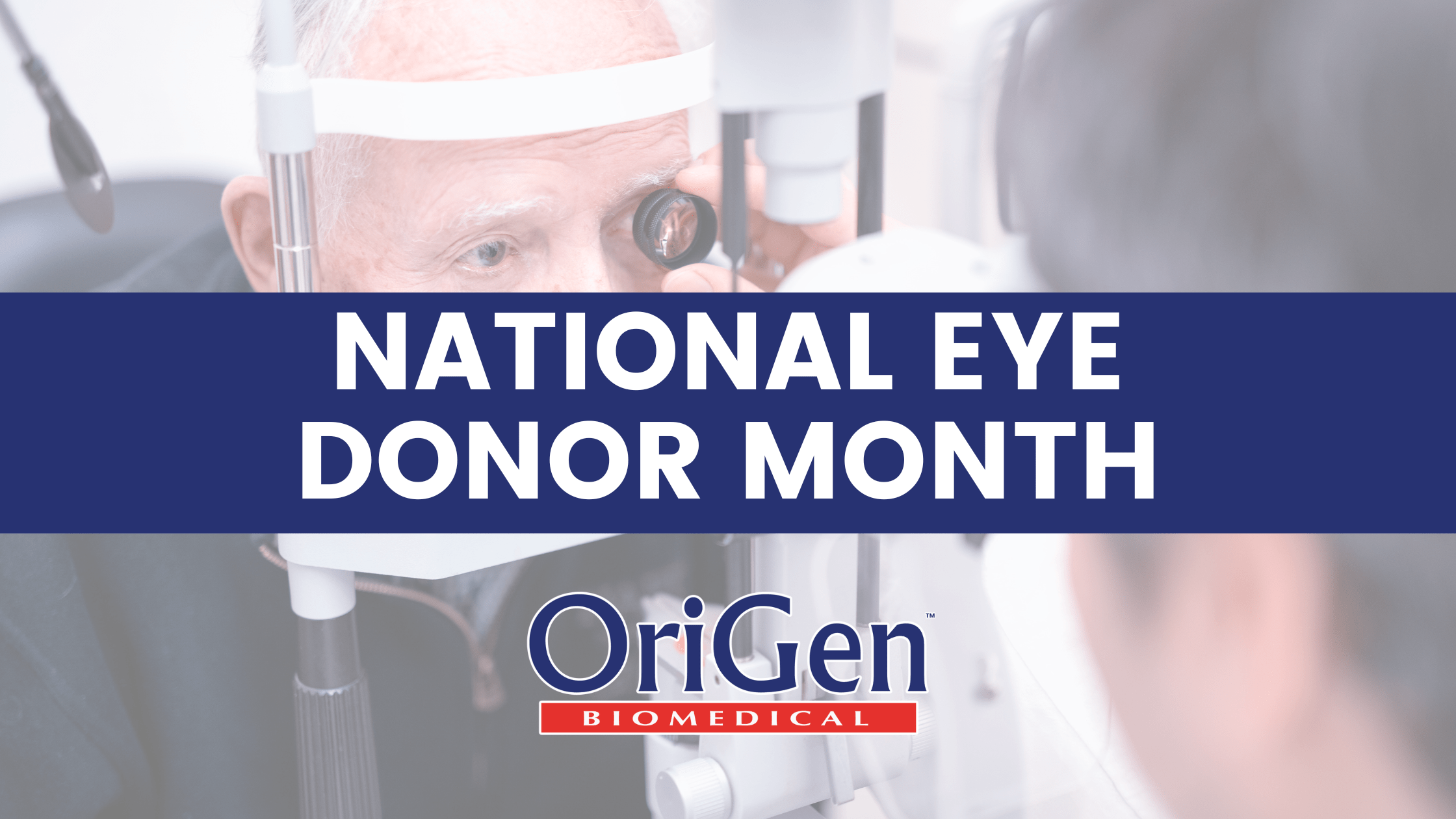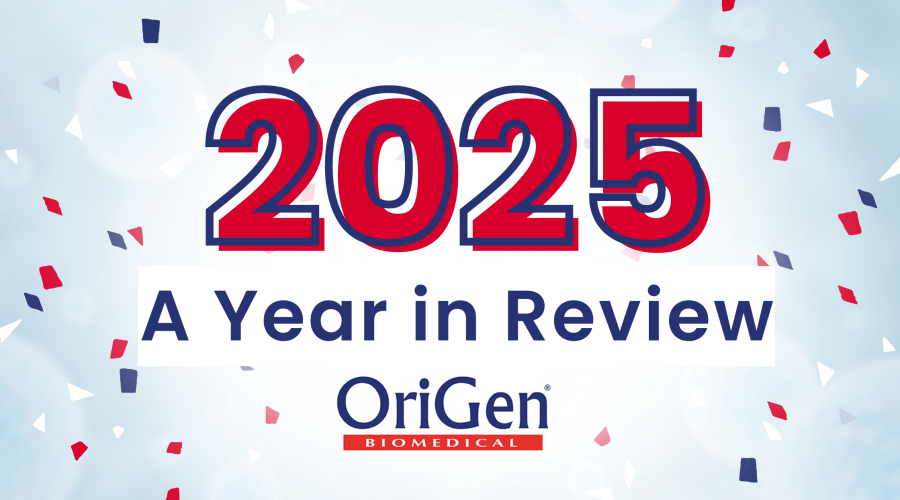March is National Eye Donor Month, a time to raise awareness about the importance of eye donation and transplantation. This month is dedicated to honoring the individuals and families who have made the selfless decision to donate their eyes after passing and to recognize the impact of their gift on the lives of others.
The gift of sight is one of the most precious gifts that we can give to others. Every year, thousands of people in the United States suffer from vision loss due to conditions such as age-related macular degeneration, glaucoma, and cataracts. For many of these individuals, the only hope for restoring their sight is through a corneal transplant. Corneal transplantation is a surgical procedure that involves replacing a damaged or diseased cornea with a healthy one from a donor. Corneal transplants are the most common type of transplant performed in the United States, with over 50,000 transplants performed each year. The success rate of corneal transplantation is high, with over 90% of patients experiencing improved vision following the procedure.
The cornea is the clear, dome-shaped surface that covers the front of the eye. It plays a crucial role in vision by refracting light as it enters the eye. When the cornea becomes damaged due to injury, disease, or infection, it can cause vision loss or blindness. Corneal transplantation is a surgical procedure that involves replacing a damaged cornea with a healthy one from a donor.
Cryopreservation can be used to preserve donated corneas for transplantation. The process involves cooling the corneas to very low temperatures using liquid nitrogen, which slows down all biological processes and allows the tissue to be stored for extended periods of time. Cryopreserved corneas can be stored for several years and are a valuable resource for corneal transplantation programs.
One advantage of cryopreserved corneas is that they can be stored and transported more easily than fresh corneas. This allows corneas to be collected from remote areas and transported to areas where they are needed for transplantation. Cryopreservation also allows for better inventory management of corneas, which can help to ensure that corneas are available when needed for transplantation. Cryopreservation also enables the use of corneas from donors who may not be immediately available for transplantation. For example, corneas from donors can be cryopreserved and stored for future use. This provides corneas for transplantation when there may be a shortage of fresh corneas available. OriGen Biomedical is proud to offer the TissueVault™ Cell & Tissue Freezing Bag, which is indicated for use in freezing cells and tissues. In addition, OriGen supplies CryoPur® DMSO cryopreservation solutions and accessories for fluid transfer to simplify the cryopreservation process.
Eye donation is an important part of making corneal transplantation possible. When an individual donates their eyes after death, their corneas can be used to restore the sight of others who are in need of a transplant. One eye donation can potentially restore the vision of two people. Despite the importance of eye donation, there is a significant shortage of corneas available for transplantation. According to the Eye Bank Association of America, there are currently over 100,000 individuals in the United States waiting for a corneal transplant. Increasing awareness about eye donation is one way to help address this shortage and ensure that individuals in need of a transplant are able to receive one.
There are several ways to support eye donation during National Eye Donor Month. One way is to register as an eye donor. This can be done through the Department of Motor Vehicles or by registering online with organizations such as the Eye Bank Association of America or Donate Life America. Another way to support eye donation is to educate others about the importance of donation and encourage them to register as donors.
National Eye Donor Month is an important time to raise awareness about the importance of eye donation and transplantation. By registering as donors and educating others about the importance of donation, we can help to ensure that individuals in need of a corneal transplant are able to receive one and have the chance to see the world around them once again.




